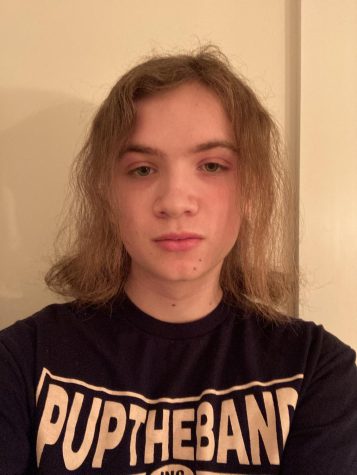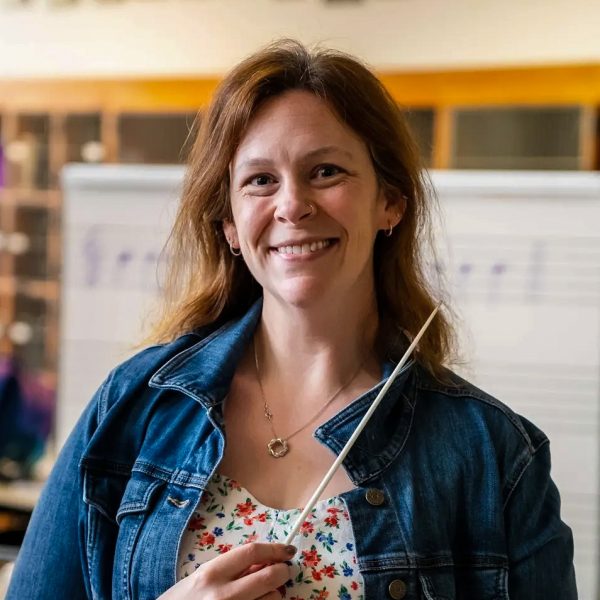This is Art, No Cap
Music is not only for the ears. As strange as this might sound, album covers also play a huge role in music. You can easily recognize a song through the album cover, whether it’s 1920s jazz or even Green Day. From Lil Uzi’s celestial landscapes in Eternal Atake to a man relaxing on the ground in Stevie Wonder’s Down to the Earth, album covers tell us a lot about culture and how it has changed. But how does a worn-out sheet of vinyl give us the context for an entire decade?
Nora Bergman (I) answers this question in her Capstone project. She plans on showcasing thirty album covers, plus a catalog with the stories behind each album in the Seevak Room. “Album cover art is so reflective of what’s going on in society at the time,” says Bergman, “so I just want to give the album covers a space where they could be respected as art, and where you can use them as an artifact for what’s going on.”
With many styles of music emerging throughout the decades, she narrowed it down to underground and subversive music. Also known as counterculture music, it manifests itself in genres such as punk and garage rock. “Most of the music I chose was aggressively punk, and it was a response to the rise of nihilism and anarchist movements in the 70s─it was not exactly mainstream, but it really spoke to what was going on at the time.” One such example of counterculture music Bergman chose is one of her favorites: the Sex Pistols, an English punk rock band formed in the 70s. “The punk movement really started with the Sex Pistols. It was mainly a response to the loyalist, very conservative support of the queen. I love how they just kind of threw everything out the window and took on these nihilist tendencies that rejected societal norms.”
Bergman couldn’t have done all of this without Capstone, which helped her find inspiration and enjoyment in her project. Capstone is a course that allows seniors to research, plan, create and present a project, combining a variety of disciplines into one. This process is divided across many stages throughout the school year, starting with a research question before branching off into a series of interviews, written pieces, talks and more as the process continues.
Bergman loves the interest-based nature of Capstone, and the interdisciplinary elements, which allows her to have a very positive experience: “I loved that I could study something that was just a passion project,” she says. “I have the chance to study music history, art history and hip-hop all in one class […] and once you mash all these subjects into this beautiful mess; it’s just really fun.”
Another important component is the advisory process, in which seniors are matched to a faculty member based on the topic of their project. They then meet with their mentors every two weeks to discuss and get help with the different steps to planning and presenting. Bergman was paired with Ms. Elizabeth Walshak, an art teacher at Boston Latin School.
“As Nora’s Capstone advisor,” says Ms. Walshak, “my role was mainly to guide the process, offer insights, feedback and useful resources, and to help organize and problem-solve with Nora as her research progressed […] She is always thinking ahead, so most of our meetings felt more like a conversation about her work, and validating the next steps.”
When asked about the impact behind this project, Ms. Walshak spoke about its power in observing the connection among vinyl covers, the music associated with them and the potential it has to create links between music and the culture associated with it, as it has done with many movements over time: “When you buy a record,” she says, “half the reason might be for the album artwork alone─it draws you in, creates a sense of intrigue and gives a visual to the music you are about to hear. Album covers historically have assisted in creating a visual culture associated with a musical subculture, and that is what makes it so enduring.”







